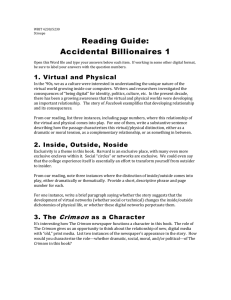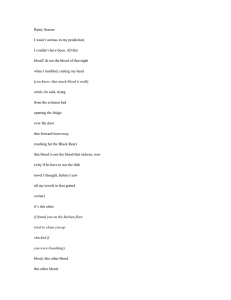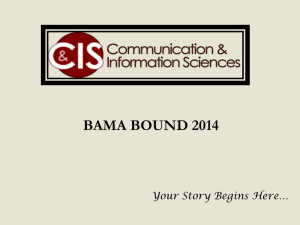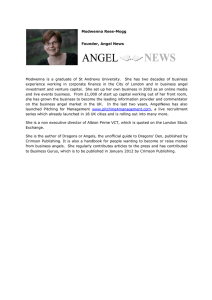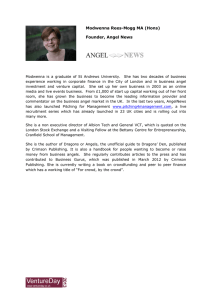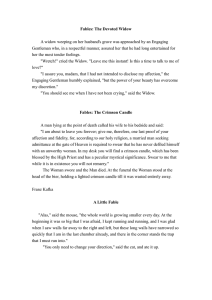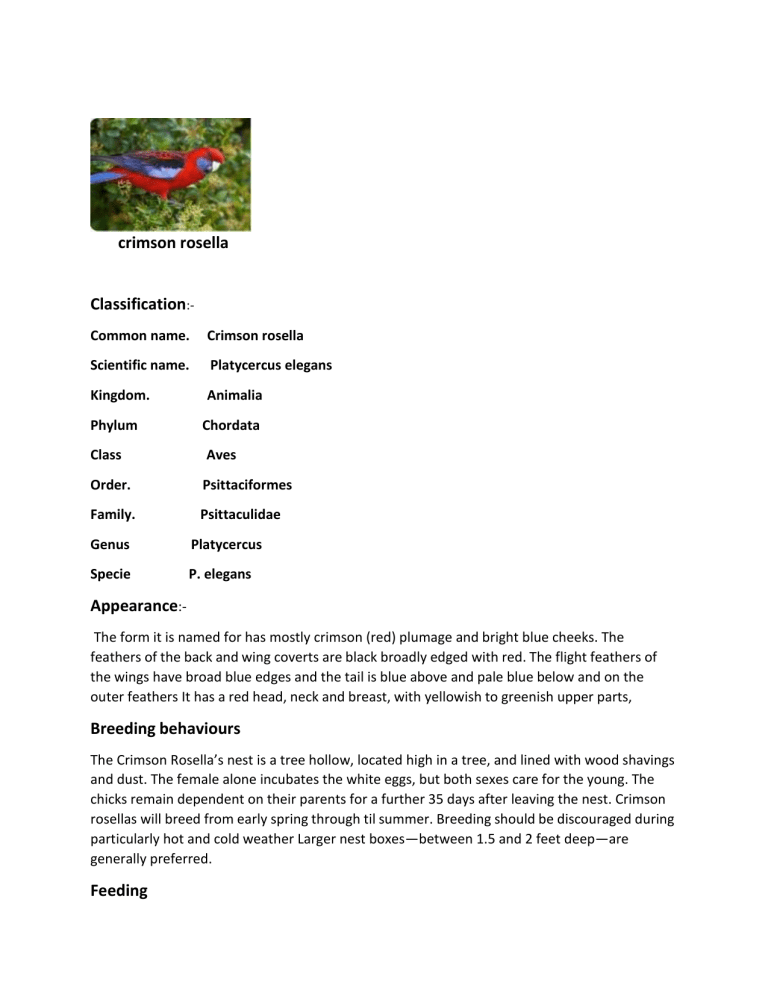
crimson rosella Classification:Common name. Crimson rosella Scientific name. Platycercus elegans Kingdom. Animalia Phylum Chordata Class Aves Order. Psittaciformes Family. Psittaculidae Genus Platycercus Specie P. elegans Appearance:The form it is named for has mostly crimson (red) plumage and bright blue cheeks. The feathers of the back and wing coverts are black broadly edged with red. The flight feathers of the wings have broad blue edges and the tail is blue above and pale blue below and on the outer feathers It has a red head, neck and breast, with yellowish to greenish upper parts, Breeding behaviours The Crimson Rosella’s nest is a tree hollow, located high in a tree, and lined with wood shavings and dust. The female alone incubates the white eggs, but both sexes care for the young. The chicks remain dependent on their parents for a further 35 days after leaving the nest. Crimson rosellas will breed from early spring through til summer. Breeding should be discouraged during particularly hot and cold weather Larger nest boxes—between 1.5 and 2 feet deep—are generally preferred. Feeding Crimson Rosellas are normally encountered in small flocks and are easily attracted to garden seed trays. Once familiar with humans, they will accept hand held food. Natural foods include seeds of eucalypts, grasses and shrubs, as well as insects and some tree blossoms. Habitat The crimson rosella is a parrot native to eastern and south eastern Australia which has been introduced to New Zealand and Norfolk Island. It is commonly found in, but not restricted to, mountain forests and gardens. Conservative status Least concern ( population decreasing)
